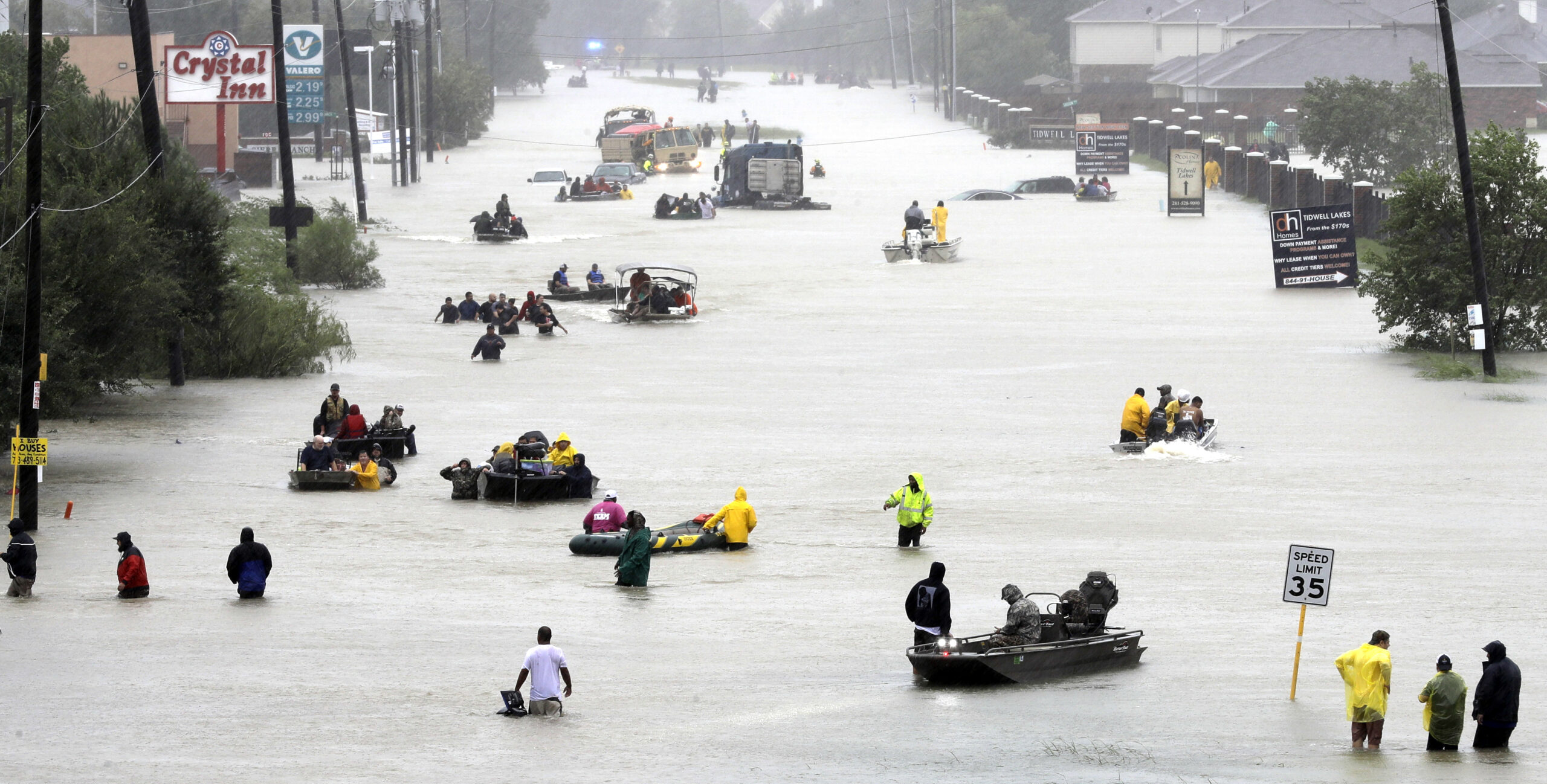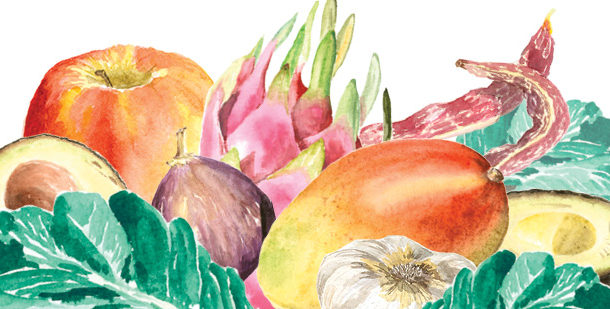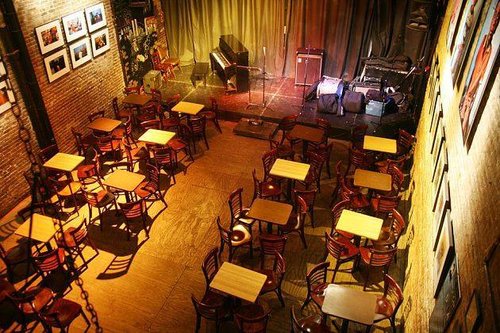Move during Harvey
—Haiku by Jy’lon, 6th grade
Had to drive out of Houston
Leave home to get safe
Since the 2016 presidential election, Houston, Texas, has been in an almost fugue state of resistance and recovery. Nowhere is this more evident than in our classrooms. As a circuit teacher of sorts, with multiple residencies in elementary, middle, and high schools around the city, I continue to bear witness to the effects of this most unusual socio-political climate in which we now live.
In one Houston middle school, student voices speak to the profound challenges we currently face—as individuals, families, communities, and as a country.
* * *
On March 1, 2018, I walked into a sixth-grade social studies classroom at Fleming Middle School in Houston’s Kashmere Gardens neighborhood. I was there to begin a short residency with Literacy Through Photography at FotoFest (LTP), a local arts-integration organization that works to inspire students’ self-expression and strengthen their critical-thinking skills through a unique combination of visual literacy and creative writing.
“Did you used to teach at Kashmere Gardens Elementary?” one young man asked on that first day after I introduced myself.
It didn’t take either of us long to connect the dots and realize that I taught him in an LTP residency less than two years earlier when he was in fourth grade at an elementary school nearby.
Soon, a few other voices chimed in, and we had a spontaneous reunion, reminiscing about our time together, working on a project we called Houston’s Harlem Renaissance. The project began with fourth-grade students investigating the iconic portraits of writers, singers, and actors of the Harlem Renaissance taken by photographer Carl Van Vechten. Each student then wrote an essay about how they saw themselves in 25 years. Students then posed for portraits in the van Vechten style (patterned backgrounds, vivid color), portraying their future selves. Houston’s Harlem Renaissance—words and images—was exhibited twice in Houston and traveled to the Center for the Study of Southern Culture at the University of Mississippi in Oxford.
* * *
Kashmere Gardens is a historically African-American neighborhood in northeast Houston with a growing Hispanic population. In the handful of years that I have worked in the community, I have found that my time spent there with young people is as much about listening as it is teaching. Most of the schools there receive Title 1 funding because they serve large numbers of low-income children. Families struggle. Students arrive at school carrying those burdens.
On that first day with my sixth-graders at Fleming Middle School, I arrived prepared to teach a lesson about migration. Since this was a social studies class, and their teacher had already presented a unit on patterns of migration in a world history context, this seemed a perfect opportunity to connect to prior learning by bringing some of those concepts to life. I showed the class a black-and-white photograph by Serena Chopra, a photographer based in New Delhi who has spent years documenting Tibetan refugees in India and whose work was included in FotoFest’s 2018 Biennial. The photograph was taken in 2007, but the class thought it was from the 1800s. This quickly sparked a conversation about modern migration, as the students could hardly believe that the people in the photograph were their contemporaries—that people today, all over the world, are constantly relocating, forced from their homes for myriad reasons, including war and conflict, economic instability, religious persecution, and natural disasters.
The classroom got quiet.
* * *
Hurricane Harvey had devastated the city of Houston on August 25, 2017, just six months prior to my first meeting with this group of young people. The entire city was ravaged, but the Kashmere Gardens neighborhood was hit especially hard. In fact, today, a year and a half after the storm, this community is still struggling to rebuild. From an August 27, 2018, report in the Houston Chronicle:
[Mr. Keith Downey, Kashmere Gardens Super Neighborhood President] estimates at least 40 percent of Harvey-affected residents in his community are living in homes still needing remediation, are in various stages of repair or remain displaced altogether and faults his community’s lack of political and economic influence for delays in receiving assistance. FEMA data analysis by nonprofit Texas Housers confirms that the highest concentration of residents with unmet housing needs a year after Harvey are in low-income, minority neighborhoods like Kashmere Gardens, where the median household income hovers around $23,000.
I asked the class if anyone wanted to share their Harvey story. Who among them had to evacuate—migrate—to find safety? I cannot say whether it was my established rapport with a handful of students in the room that created a safe space for conversation, or if it was simply that they were given a platform to share, but I can say that the floodgates opened. Everyone had a story—a story of water rising, families evacuating, hard choices being made.
The loss.
The fear.
And then, from the back of the room, near the end of our hour together, a young woman raised her hand, but she didn’t want to share a Harvey story. Her story was about evacuating New Orleans during Hurricane Katrina, thirteen years earlier. She was an infant, and her family fled their home, ending up in Nebraska. They eventually made their way back down south, but instead of returning to New Orleans they landed in Houston—and she landed in this classroom on this day, during this conversation about migration.
We talked about how incredible it is that a person so young could experience two of the most devastating flood events in the United States in recent history.
We talked about the Gulf Coast.
We talked about global warming.
We all wondered when the next storm would come.
For our next class meeting, we wrote poems: list poems, haikus, and free verse. I invited the students to tap into their memories of Hurricane Harvey and process them through their writing. As they worked, I thought of other periods of migration within the United States, moments from our recent past that could further bring home the idea of everyday people—people in whom they could see something of themselves—having their lives upended by Mother Nature.
I was reminded of the Farms Securities Administration photographers of the early 20th century. Pioneering photographers like Dorothea Lange, who documented migrant workers in 1930s California, as well as the expulsion of Japanese Americans at the beginning of World War I. Ben Shahn, who documented African-American life in Mississippi at the peak of the Great Migration. Walker Evans’ images of flood refugees in Arkansas.
The most iconic image from the era is Dorothea Lange’s “Migrant Mother,” a portrait of Florence Owens Thompson and three of her seven children, migrant field hands out of work due to frozen crops in California in 1936.
I invited students to create a tableau of the image, and I photographed them.

After they posed, I asked each student to write down what they thought one of the individuals in the original photograph was thinking or feeling in the moment that the photo was taken.
“The mom is thinking, ‘When are we going to get back on our feet?’”
—Tremendous, 6th grade
The class of mostly Black students was surprised to see White faces wearing the marks of struggle and poverty. They empathized with their plight.
We talked about the migrant farm workers of today.
We talked about Mexico.
We talked about immigration.
We talked about deportation.
I had a handful of ESL (English as a Second Language) students in my class. They had been fairly quiet up to this point, sitting in the back of the room with earbuds in, doodling in the margins of their notebooks. But this conversation got their attention. There had been chatter around campus of a student’s parents being deported recently.
On March 18, 2018, two weeks into my residency, Time magazine published an issue with the cover story “Ripped Apart: The Cost of America’s Immigration Crackdown.” The accompanying image is of a mother, her back to the viewer, and two young daughters, one in her arms and the other standing opposite, clinging tightly, her small head just tall enough to reach her mother’s waist. Both girls are staring at the viewer.
Three students volunteered to pose for a tableau of this photograph.

“Kids, hold onto me because I don’t trust these people.”
—Cheyenne, 6th grade
* * *
cuando nos venimo para
los estados unidos
pasamos muchas cosas
que jamos hoy a olvidar
when we came to
the united states
we went through many things
that we are going to forget now
—Alishón, 6th grade
In November 2016, the day after Election Day, I walked my eight-year-old daughter to school. The air was thick with worry. Parents were quiet. Furtive glances were directed at Hispanic families walking with their children. There was the heavy feeling that some of our neighbors and friends would be navigating an already uncertain world that had suddenly become even less safe. All of us had the same question on our minds: Whom can we trust?
And then I returned to my classrooms.
Some students disappeared into the ether, dropping out of school for fear that their undocumented families would become targets for deportation.
I taught a workshop at a high school in Houston’s East End, a predominantly Hispanic neighborhood, where I had a student whose mother had been deported, twice.
More often than not, there were simply knowing looks traded across classrooms, everyone making a concerted effort to avoid saying or doing anything to jeopardize anyone’s safety.
The loss.
The fear.
It was all very real. But this was mostly the fear of the unknown. Less than a year after the election, all of us—a city of 2.3million people—would face a very different set of fears in response to an event that would ravage our communities indiscriminately, changing each and every one of us in ways we could never imagine.
That something was Hurricane Harvey.
With the wind and rain came even more uncertainty than before. All of Houston is still struggling with the after-effects, the seen and the unseen. In my classrooms, we write about it.
* * *
Lately, I have been sharing a quote from Patti Smith’s 2017 book, Devotion, with my students: “Why do we write?… Because we cannot simply live.”
Sometimes, I change it to: Why do we write? Because it is simply too much to live.
Top photo: AccuWeather.com
Amy C. Evans is an award-winning artist, writer, and documentarian based in Houston, Texas. She graduated from the city's acclaimed High School for the Performing and Visual Arts (HSPVA), holds a BFA in printmaking from the Maryland Institute College of Art, and an MA in southern studies from the University of Mississippi. She has served as a teaching artist and curriculum specialist with Literacy Through Photography since 2015. FotoFest's Literacy Through Photography (LTP) learning program has served the Houston community since 1990. As the city's longest-running photography and writing education program, LTP engages students through a proven curriculum, increasing student self-expression through a unique approach blending visual literacy, photography, and creative writing.



